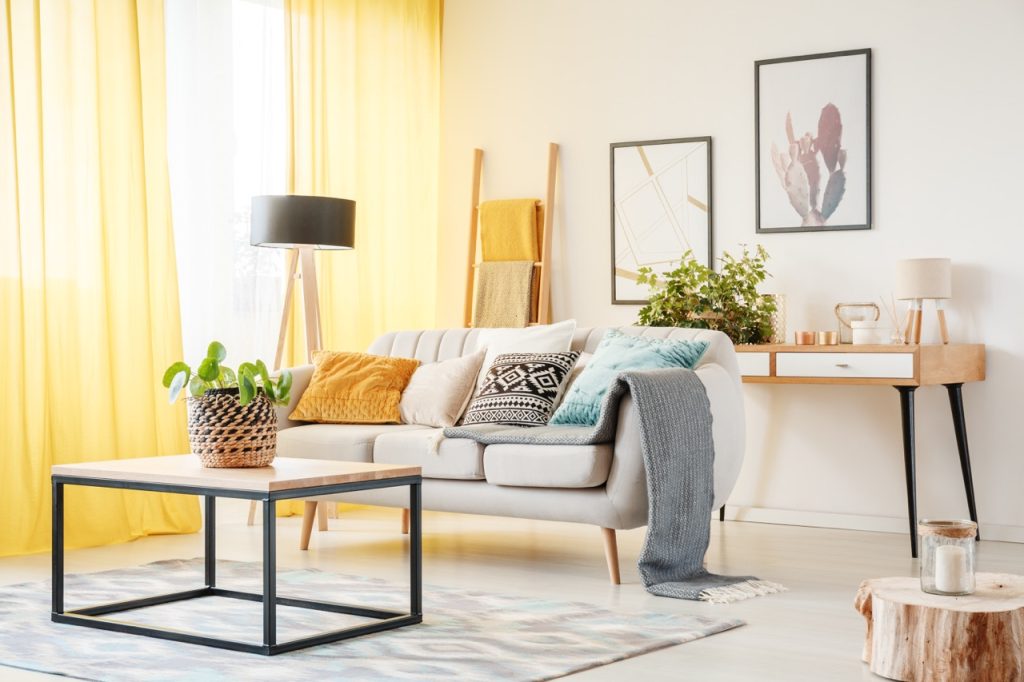Beekeeping is a fantastic hobby, but it is a labour of love and not necessarily for everyone. However, there are things that everybody can do to help both native bees and European honey bees – such as planting flowering plants, leaving some bare dirt patches around the garden un-mulched, allowing last season’s leftover stalks to lie and installing pollinator houses.
European honey bees pollinate a third of our food crops, making a huge contribution to our food supply chain, our economy and the broader ecosystem. So the more we can help them do their thing, the better off everyone is.
European honey bees will feast on a range of flowering plants, but they do have preferences. Like humans, bees love herbs. And they’re great to plant as they’re handy in the kitchen and around the house too. And there are many beautiful flowering shrubs and trees you can plant which will have nearby bees’ waggle-dancing with joy.
Bees are also attracted to many food plants. The great thing about planting some citrus, strawberries or a passionfruit vine is the symbiotic benefit. The bees get their pollen and nectar, and the plants produce bigger, healthier, better formed fruit in greater abundance.
The thyme is right
Bees looooove thyme. It’s a one-stop shop for foragers, providing high yields of both pollen and nectar.
Give it good drainage, and it will prosper in most climates. You can even use it on paths and as a lawn plant. It’s also a delicious culinary herb. Popular throughout the Mediterranean because it makes for super-yummy honey, neighbouring beekeepers will love you if you plant this.
Lovely lavender
Bees love blue and violet flowers best, especially the many species of lavender you can grow at home. Like thyme, it produces an abundance of both pollen and nectar.
A beautiful plant to grow, you can use sprigs to scent your home. Nothing is nicer than being downwind from a lavender bush on a sweet, breezy summer day.
Great sage
Sage costs a fortune at the shops, so planting plenty of it in your yard or on your balcony is fantastic for the home cook on a budget. It also happens to produce flowers that are among the honey bees very favourites.
They go crazy for it! When they find some, they will do a dance, so the rest of the colony knows where the party is.
Other Plants bees love
Herbs
- Basil • Borage • Chives • Coriander • Comfrey • Fennel • Lemon balm • Mustard • Oregano • Parsley • Rocket • Rosemary
Fruit
- Apple • Apricot • Blackberry • Currants • Blueberry • Citrus • Plum • Strawberries
Vegetables
- Capsicum • Chilli • Cucumber • Pumpkin
Flowers
- Alyssum • Cornflower • Cosmos • Echinacea • Geranium • Roses • Sunflowers
Natives
- Banksia • Callistemon • Grevillea • Eucalyptus • Melaleuca
What about the native bee?
While European honey bees are top notch pollinators, it’s worth thinking about the beautiful native bees too.
In Australia we have more than 1,500 species of native bees. There are larger ones like the teddy bear bee, and smaller natives like the stingless bee. Not surprisingly they prefer native plants!
Invite native bees to move in with a pollinator hotel
Australian native bees come in all shapes and sizes and most are solitary. Of the 1,500 or so species, only 10 form colonies similar to those of the European honey bee.
Essentially, a pollinator hotel is a structure which accommodates native bees by providing cavities in natural materials for them to live in.
You can go from a very basic design (drilling some holes into a block of wood) to as complex and creative as you like.
Materials
- Timber • Bamboo • Gumnuts • Logs • Recycled timber cupboards, drawers, crates
Tips for building five-star pollinator accommodation
- Use only natural, solid untreated materials (no chipboard or composites)
- Go for cavities of various depths, but up to 15cm should be plenty
- Australian native bees range in diameter from 2mm to 1cm, so create homes of various widths
- Go for a warm but sheltered spot 1–2m off the ground
- Ensure the suites in your pollinator hotel are secure
- Use a sloped roof to keep everything dry
Tips for bee-friendly gardening
- Plant flowering plants in bountiful clumps so bees don’t have to search far for forage and can work more efficiently
- Avoid pesticides. Companion planting is the way to go if you want to control pests. Pesticides are one of the reasons bee populations are in decline
- Plant several species to ensure you have forage for every season
- Maintain multiple water sources around your garden
- Spread the word among your neighbours, family and friends
The content for this article was supplied by Flow Hive.



